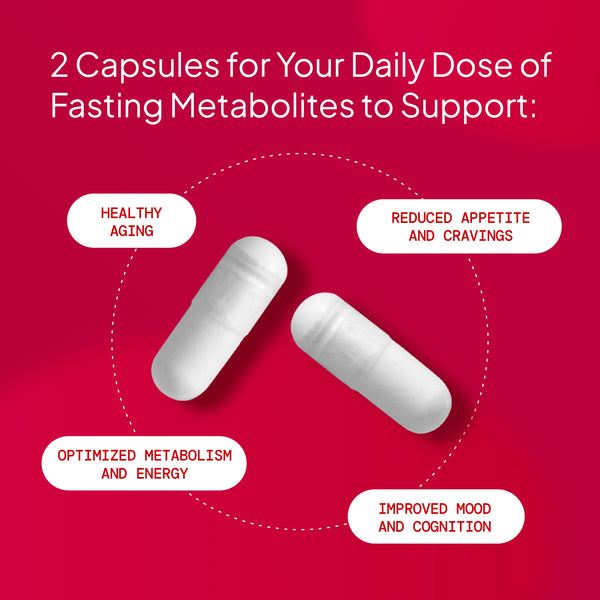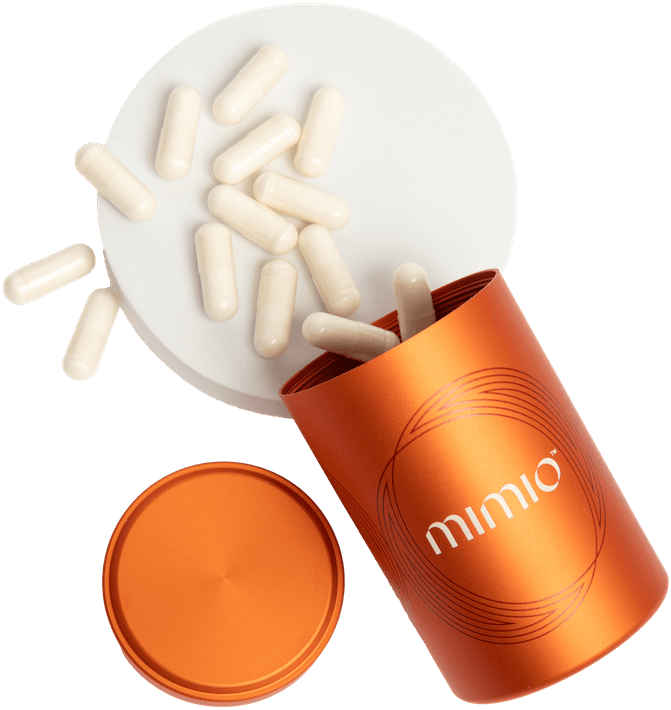Introduction
Have you ever wondered about the nutritional powerhouse hiding in your pantry? That's right, we’re talking about wheat germ - a common kernel packed with spermidine. In this article, we’ll, dive into the fascinating world of spermidine—a compound renowned for its potential health benefits, and how wheat germ is a great source of this polyamine.
What is Spermidine?
Spermidine is a naturally occurring polyamine found in all living cells. It plays a crucial role in cellular functions like growth, proliferation, and healthy aging. Recent studies have highlighted spermidine’s potential in promoting autophagy, a process where the body cleans out damaged cells, making way for new, healthy ones. This has made spermidine a hot topic among health enthusiasts and researchers alike.
Why Wheat Germ?
Wheat germ, the nutrient-rich core of the wheat kernel, is packed with vitamins, minerals, and proteins. It’s also one of the richest dietary sources of spermidine. Including wheat germ in your diet can offer numerous health benefits, from boosting your immune system to enhancing cellular health.
Spermidine Content in Wheat Germ
So, how much spermidine can you expect to find in wheat germ? Studies show that wheat germ contains approximately 243 mg of spermidine per every 100 grams consumed. This makes it an excellent source for anyone looking to increase their spermidine intake.
Health Benefits of Spermidine in Wheat Germ
Including spermidine-rich wheat germ in your diet can have several potential health benefits:
-
Promotes Longevity: By enhancing autophagy, spermidine helps delay cellular aging, contributing to a longer, healthier life
-
Boosts Immune System: Spermidine has been shown to strengthen immune function, helping your body fend off illnesses
-
Enhances Brain Health: Research suggests that spermidine can protect against cognitive decline and support overall brain health
-
Improves Heart Health: Spermidine may help reduce the risk of cardiovascular diseases by improving blood vessel health and reducing inflammation
How to Incorporate Wheat Germ into Your Diet
Adding wheat germ to your daily routine is easier than you might think. Here are some simple and/or delicious ways to get started:
-
Smoothies: Blend wheat germ into your favorite smoothie for an extra nutritional boost
-
Yogurt and Oatmeal: Sprinkle it over yogurt or oatmeal for added crunch and nutrients
-
Baking: Incorporate wheat germ into baked goods like muffins, bread, and cookies
-
Salads: Add a spoonful to your salads for a nutty flavor and extra health benefits
Frequently Asked Questions
1. Can everyone consume wheat germ?
Most people can enjoy wheat germ as part of a balanced diet. However, individuals with gluten intolerance or celiac disease should avoid
2. How much wheat germ should I consume daily?
While there’s no official recommended daily intake for wheat germ, starting with one to two tablespoons a day is a good way to boost your nutrient intake
3. Can I get spermidine from other sources?
Yes, spermidine is also found in foods like soybeans, aged cheese, mushrooms, and legumes (and, of course, in Mimio). However, wheat germ is one of the most concentrated sources.
Conclusion
Understanding the spermidine content in wheat germ highlights yet another reason to consider this nutrient-dense food in your diet. Not only does it support cellular health, but it also offers a range of other health benefits that can contribute to a longer, healthier life. So, next time you’re looking to add a nutritional boost to your meals, reach for wheat germ. Your cells will thank you!
For more information on boosting your health and wellness, or as an additional way to incorporate spermidine into your daily regimine, check out Mimio Biomimetic Cell Care.



